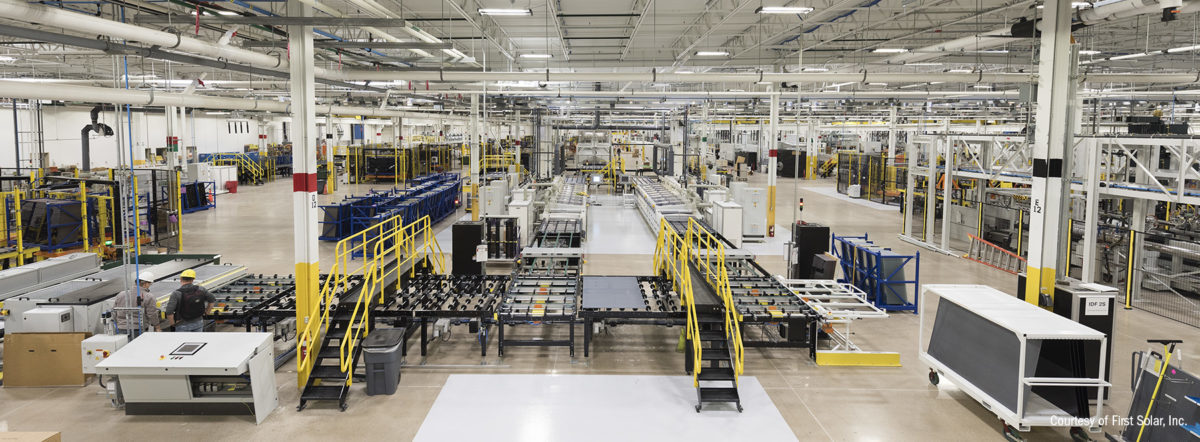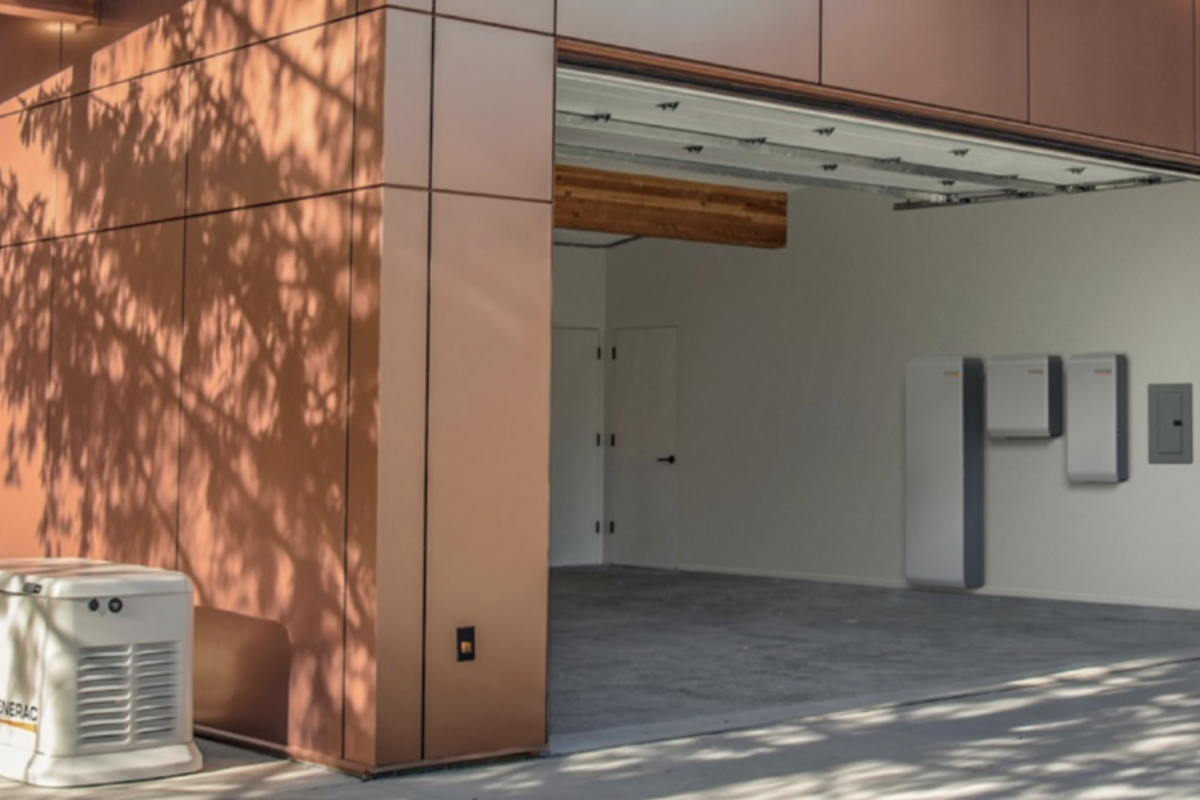First Solar reported a bumper quarter during Q2 by most metrics. The company’s net sales of $585 million were nearly double the previous year, on shipments 1.4 GW of product – the most in its history. Additionally, First Solar booked more than 2.1 GW of orders in July alone, a very positive start to Q3.
First solar also reported a $8.6 million operating loss and a net loss of $19 million, which during the Q2 results call CEO Mark Widmar blamed mostly on “increased variable compensation expense associated with the company’s short-term and long-term incentive plans, and increased tax expense”. However, First Solar is predicting increased profitability as more plants come online.
Over the course of 2019 First Solar is estimating around $125 million in start-up and ramping expenses, as part of $650-$750 million in capital expenditures, and when most of this is over it should be enough to propel the company clearly into the black. Add to this higher volumes of production, marginally higher efficiencies and other factors, and First Solar is predicting that cost per watt for its Series 6 will fall 30% from Q1 to Q4.
 And along with incremental improvement in its factories as they ramp, more production is coming. Following a fleet-wide retooling, First Solar is currently making product in four factories – its original factory in Perrysburg, Ohio, the massive Kulim plant in Malaysia, and twin factories in Vietnam. The company’s new 1.2 GW factory in Lake Township, Ohio saw tools installed in June, and First Solar expects the first production in 2020.
And along with incremental improvement in its factories as they ramp, more production is coming. Following a fleet-wide retooling, First Solar is currently making product in four factories – its original factory in Perrysburg, Ohio, the massive Kulim plant in Malaysia, and twin factories in Vietnam. The company’s new 1.2 GW factory in Lake Township, Ohio saw tools installed in June, and First Solar expects the first production in 2020.
Even without the new Ohio factory, First Solar is expecting to ship 5.4 – 5.6 GW of modules over the course of 2019.
Competing with China
But First Solar’s race to reduce costs isn’t happening in a vacuum. The company broke with Solar Energy Industries Association (SEIA) in its stance over the Section 201 tariffs, as it struggles to compete with the ever-diminishing cost of imports from China.
Those imports got a big boost with the Trump Administration exempting bifacial modules from the Section tariffs in June, a move which Widmar said “introduces uncertainty” for First Solar.
It’s important to note that the disappointing decision which in our view has the effect of undermining the administration’s efforts to secure a level playing field for U.S. solar manufacturing introduces a new source of uncertainty going forward.
However, Widmar also says that he is happy with the company’s cost per watt reductions in the first half of the year, but that the company is still working on reducing costs during the second half of 2019. For this, Widmar notes that there is “no one silver bullet”, but also says that the company expects a significant reduction of labor costs once it no longer has to pay for the cost of fast production ramps.
However, Widmar has also stated that he expected to be able to ramp the new Ohio factory in a “environment that wouldn’t be under siege by a flood of imports”, which has now changed.
First Solar is still essentially sold out for the next two years, and still is in an enviable financial position, with a compelling product and significant economies of scale, which makes it one of the only U.S. module makers that has been able to hold out against the juggernaut of Chinese solar manufacturing. But it remains to be seen if those factors will be enough in late 2021 and 2022.

This content is protected by copyright and may not be reused. If you want to cooperate with us and would like to reuse some of our content, please contact: editors@pv-magazine.com.



More good signs of a race to the top on solar. Advances like this keep coming. It bodes well for a future powered by our largest untapped energy resource.
Onward!!!